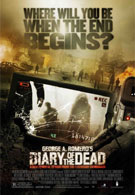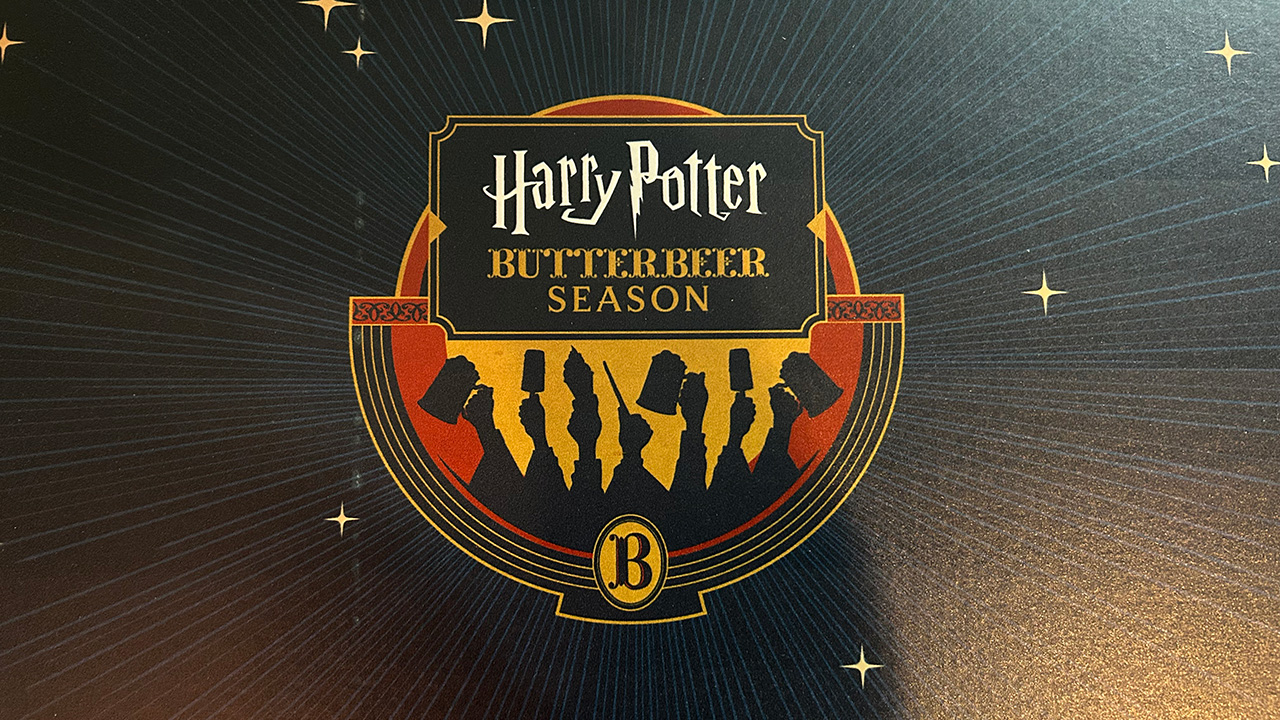There is a phrase repeated over and over again by the protagonist (if you can call her that) in Diary of the Dead, George A. Romero’s newest zombie flick: “If it’s not on camera, it didn’t happen.” It is the mantra of continuous surveillance; a slogan that defines our new American lives. If a catastrophe takes place and no one is there to capture it for the benefit of the all-seeing eye –here represented by the annals of the Internet - does that mean the catastrophe, and all the suffering thereof, does not exist? Or does the ambivalence of a constantly open eye cruelly diminish our instinctual response to the suffering of capital-O Others? Are we witnesses or are we spectators? While Diary of the Dead does not quite answer these questions, I am not sure it is meant to. Romero’s films have always been a mixture of documentary-style realism and cutting social critique with a healthy splattering of gore and guts added in for the kiddies, but Diary of the Dead forgoes cinematic conventions completely to present itself as a factual cautionary tale to the horrified bystanders beyond the lens. If the dead are rising to devour the living, we have only ourselves to blame for the creating the mess in the first place.
Instead of simply adding another episode in the Dead series, Romero has started from scratch, rebooting his zombie mythos to fit the depravity of a post-Katrina world. Diary of the Dead is a film-within-a-film, with the editor/narrator apologizing to the audience for adding in dramatic music cues and other emotional prompts absent in real life. The narrator is Deb (Michelle Morgan), the girlfriend of filmmaker Jason Creed (Josh Close), whose unplanned documentary “The Death of Death” we are supposedly watching. It is not Deb’s film and she did not want to make it (or be in it), but she realizes that Creed’s footage is not sensationalistic, but realistic – something that is missing from the spit-speckled spin broadcast from the mainstream media and an appraisal lifted directly from Romero’s 1979 film Day of the Dead. It is Deb who repeats the above-mentioned mantra of observation, at first angrily and sarcastically, finally with a sad understanding of its true implications.
The cultural commentary begins quickly. Diary of the Dead starts with a cynical uncut outtake of a broadcast for a local news network, supposedly uploaded to the Internet by the cameraman after the fact. A blonde newswoman is reporting on the murder/suicide of a family of immigrants. When an ambulance pulls in front of the apartment building where the bodies are being wheeled out from, the newswoman asks the driver to pull forward as the vehicle is blocking the shot. This calculated adjustment of reality goes wrong when the bodies strapped to gurneys come to life and begin attacking everyone in the area.
Meanwhile, in the woods, Creed is making a student horror film about a mummy. The cast and crew bicker about the proper way to make the film. With the camera rolling, Creed bickers with his actors about the proper way to make a horror film. Soon thereafter, crewmember Eliot (Joe Dinicol) receives a radio broadcast about the dead returning to life. It is unclear what exactly is happening, but the terror alert is raised to orange and the government makes vague statements about intervention. Frightened, the students hop into a friend’s Winnebago and start driving across Pennsylvania with the laughable goal of returning to their respective homes. Creed continues to roll tape as the walking dead begin to close in on their small lives.
From there, the film dissolves into a horror road show with all involved finding themselves besieged at all times by re-animated corpses. There is a lot of gore, but as the only way to kill a zombie is to shoot them in the head, this is not unexpected or unwelcome. There is not much of a plot and the action aside from the social commentary, moves slowly occasionally. There isn’t much for the actors to do except fight zombies. There is of course the hallmark stupid move seen in all horror films, which here is taking a friend to the hospital. People die, but no one is outright evil and horror conventions are even lampooned for being predictable and passe. Most of the action is visual, and Romero slips in several visual references to the fragmentation of the proscribed world: an American flag twisted upon itself, a globe turned upside down. Meaningless borders became fluid as the line between life and death is blurred.
As other critics have pointed out, there is such an abundance social critique in the film that it often becomes muddled and indistinct. Is Romero coming down on the side of bloggers and other Net denizens or is he against the massive amounts of information that have suddenly become available? Is he for the empowerment of the proletariat after the status quo has been destroyed or is he appalled at how systems of power reassert themselves in the wake of tragedy? Are the zombies signifiers of the alienated Other or are they the flesh eating signs of a brainwashed population? These things are never clear, but it ultimately matters little as the final question in the film is so haunting and bleak that it erases all queries as to what Romero really thinks of humanity.
Like the original Night of the Living Dead, Diary of the Dead comes with a violent coda, driving its message home like a stake through the heart. With a shot lifted straight from pal Quentin Tarantino (who gets a shout out in the credits), Romero leaves us with a simple, awful question, unanswerable in an ethical world. As I left the screening, I found myself humming a tune by vastly underrated D.C. trio Quix*O*Tic which dovetails nicely with my lasting impression of the film and my answer to Romero’s final question. The lyric: So you say you want to be alone/ To find out life’s unknowns/ And now you have to run away/ But you’ll be dead too, someday/ You made the ghoul girls cry.











